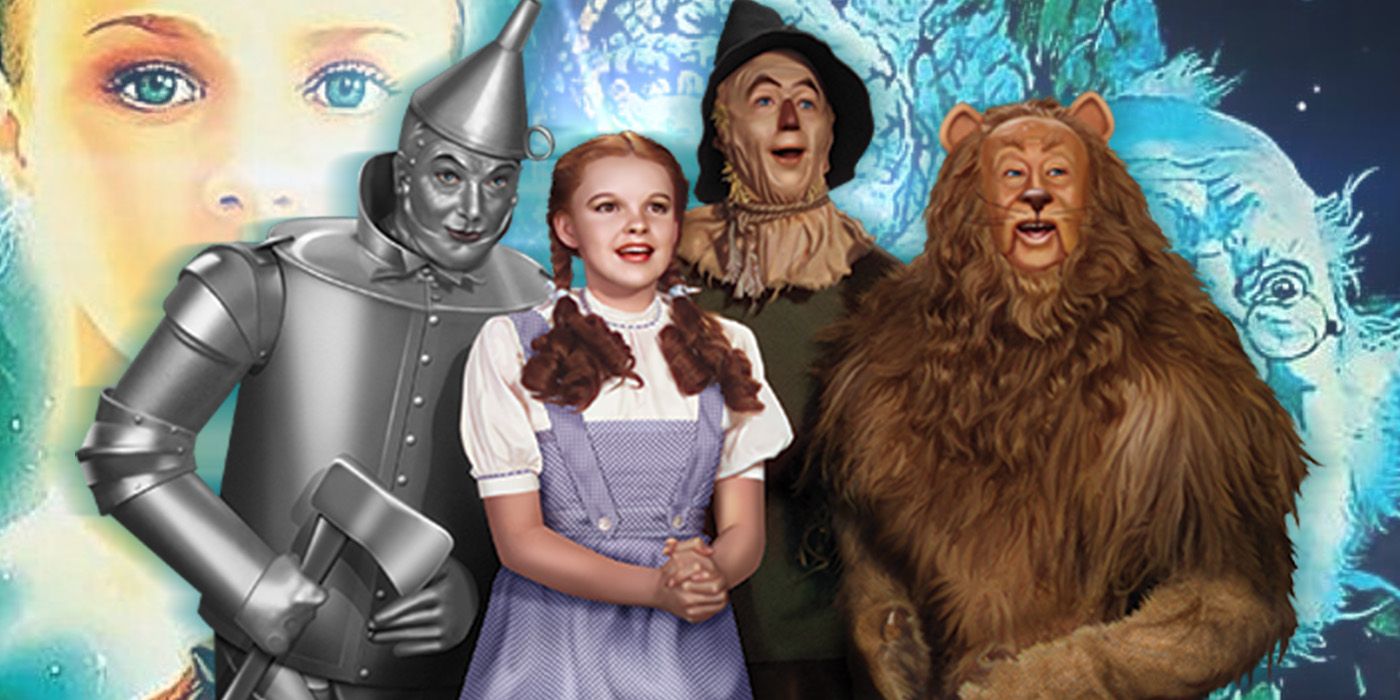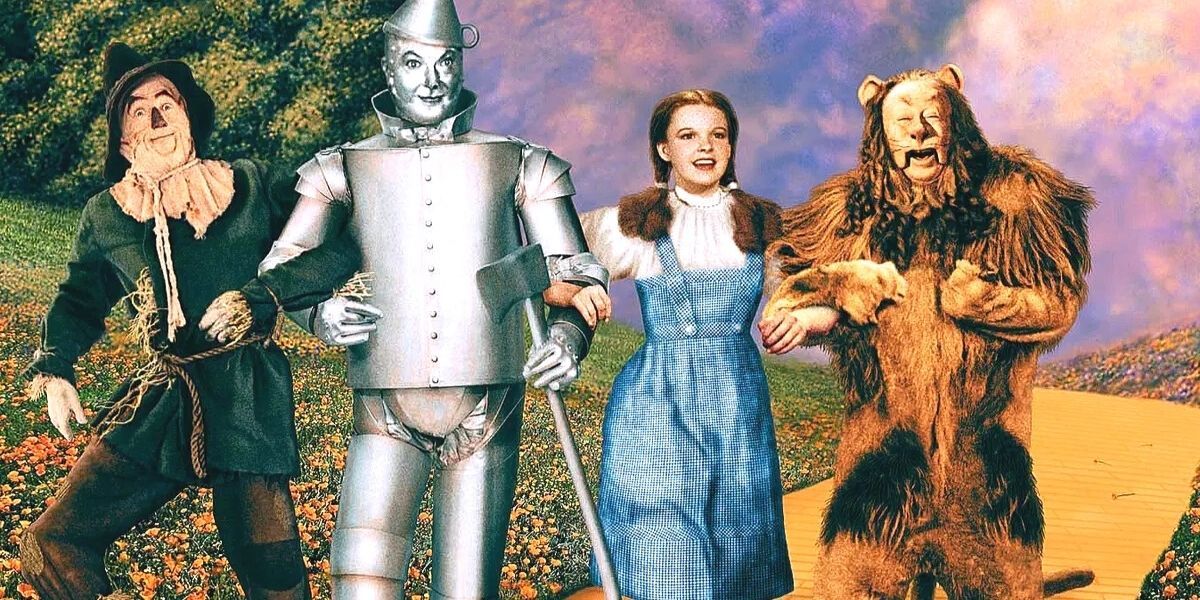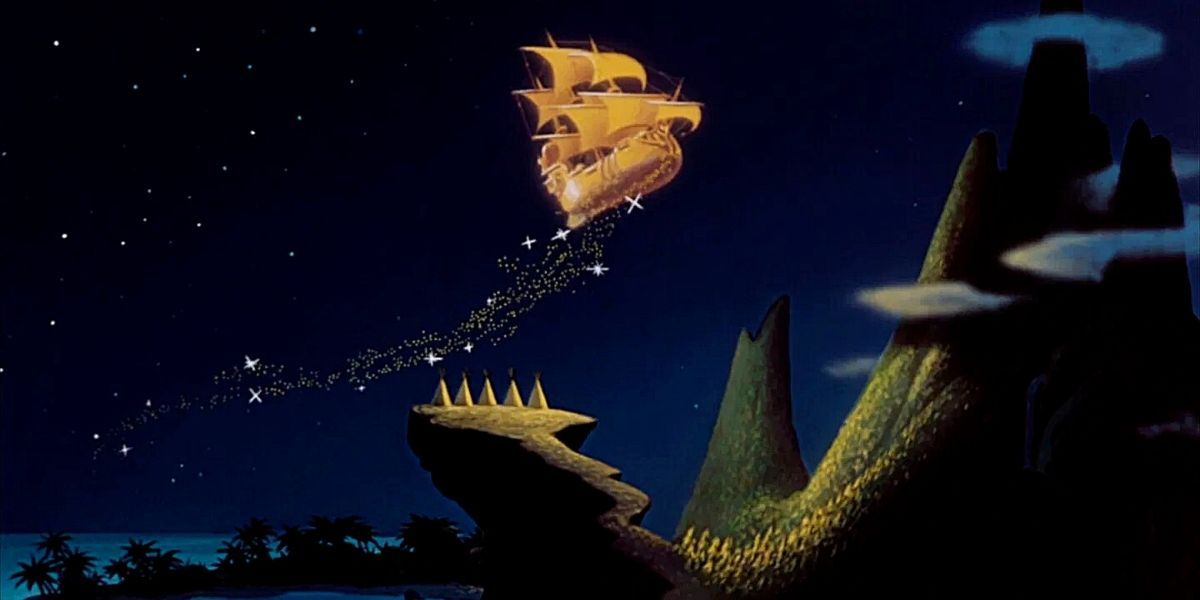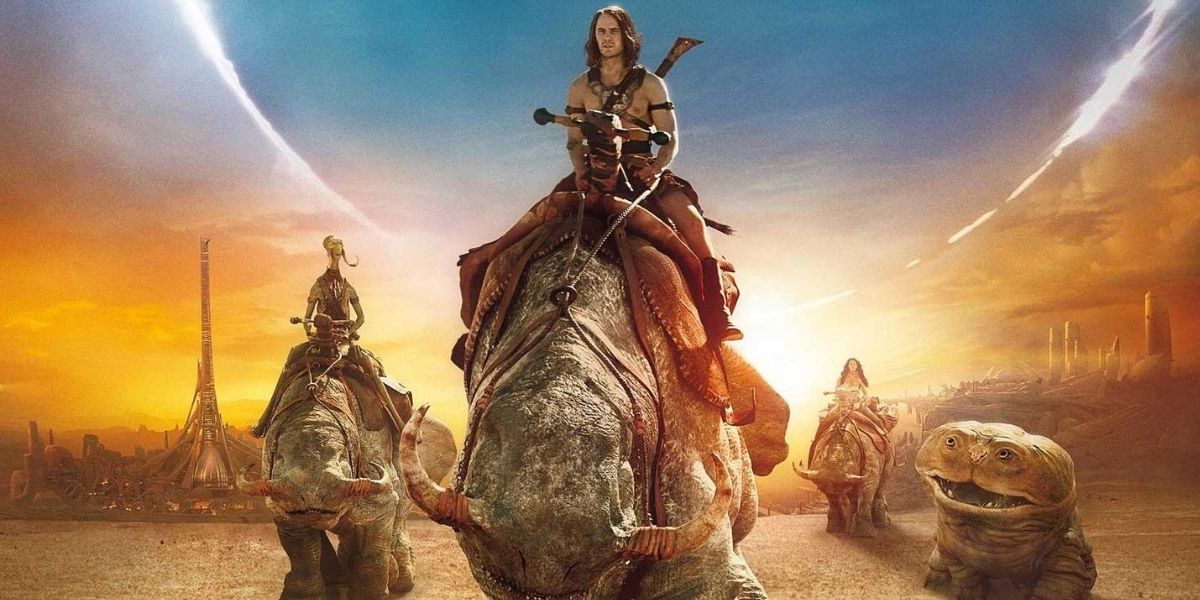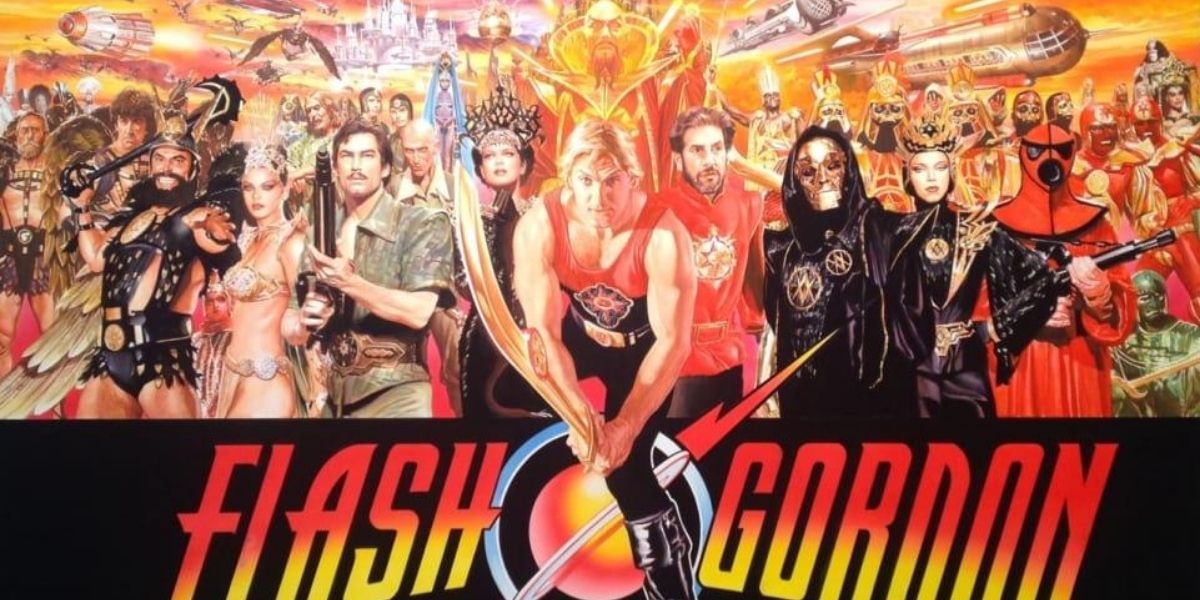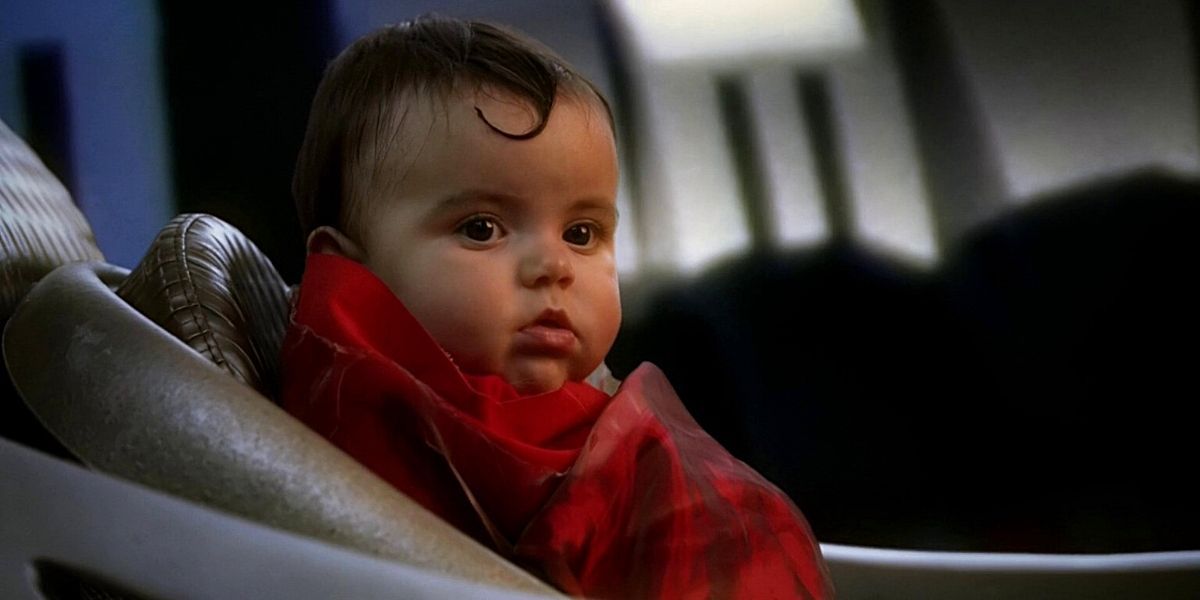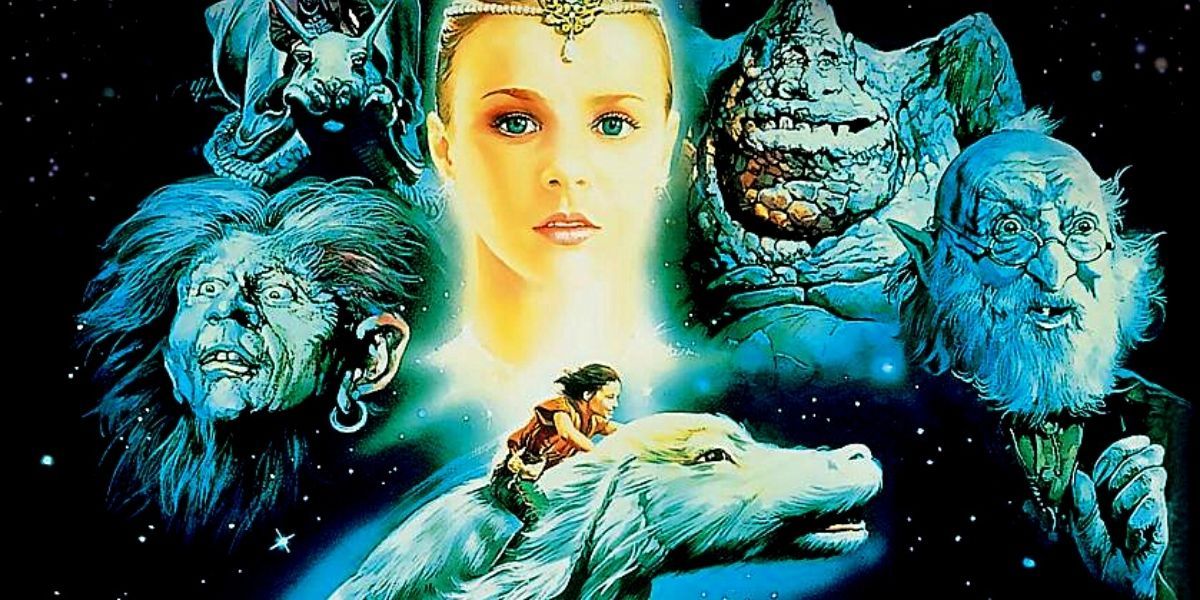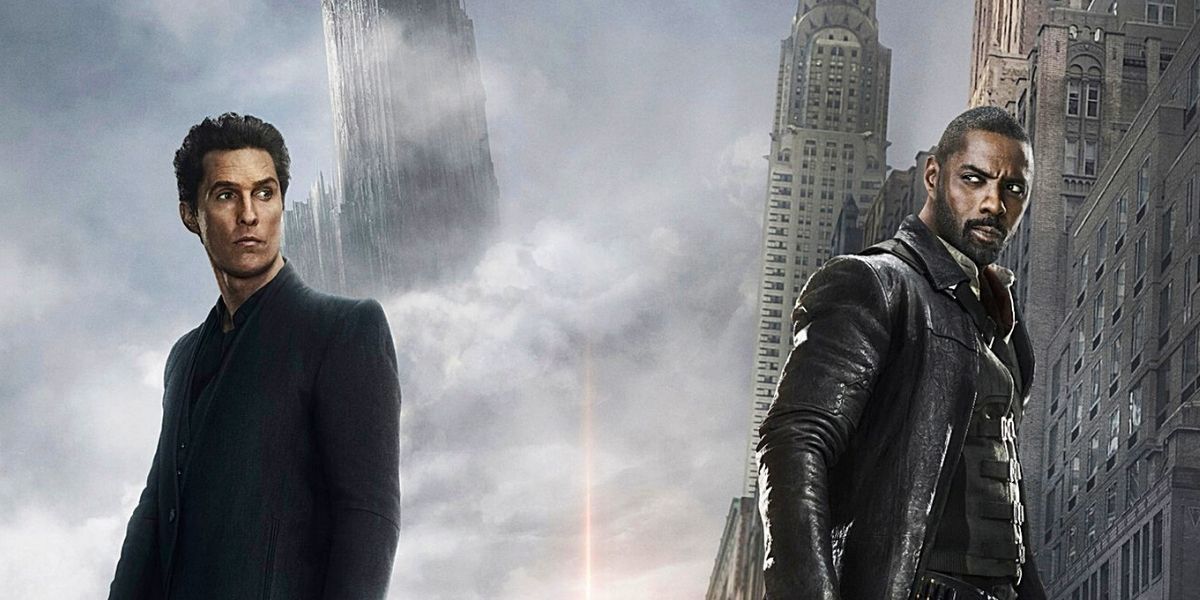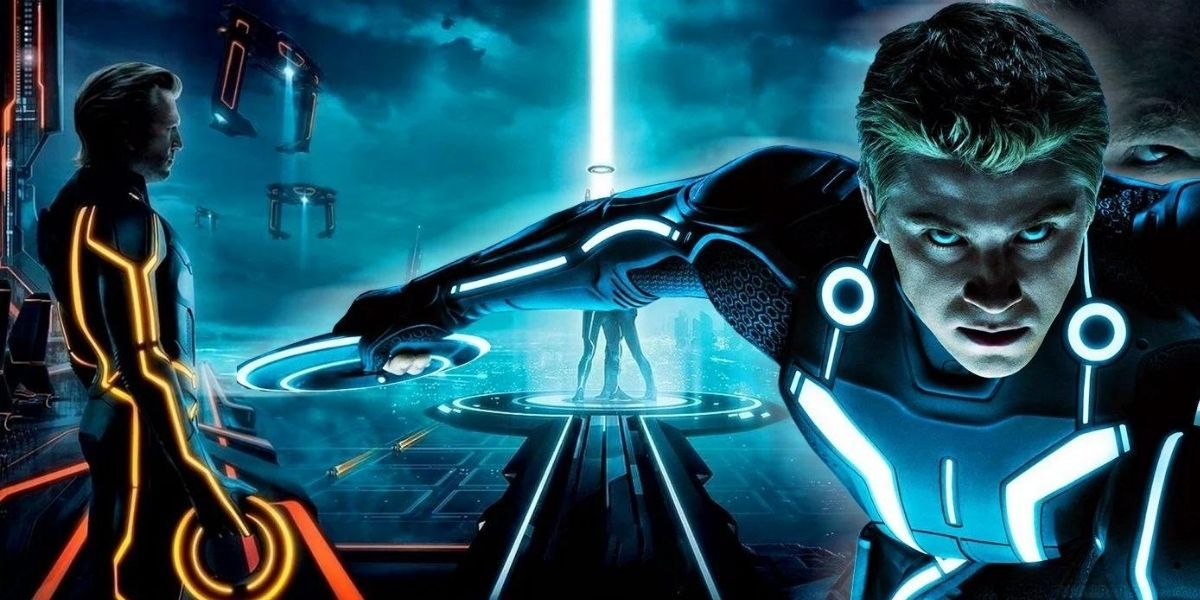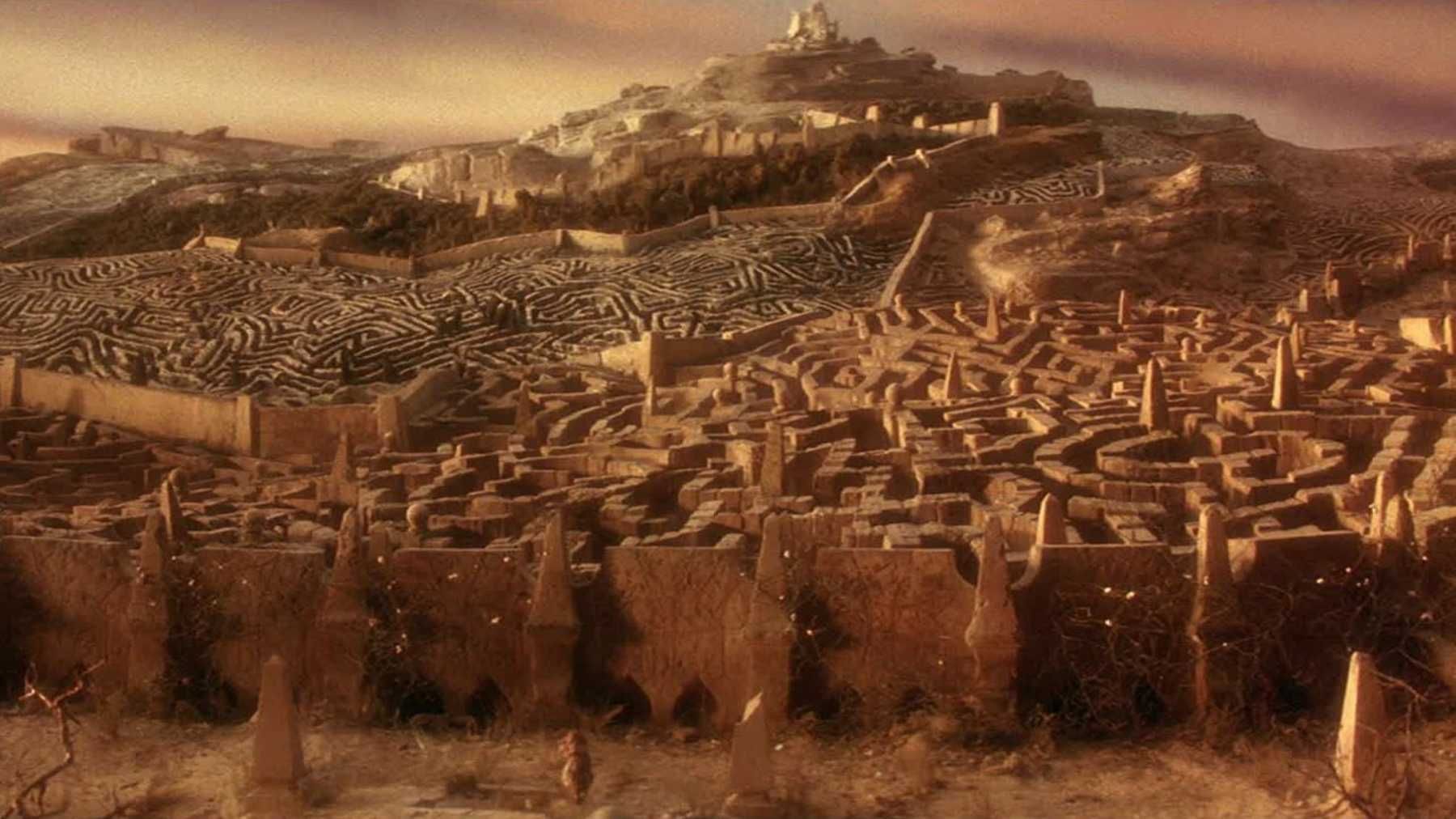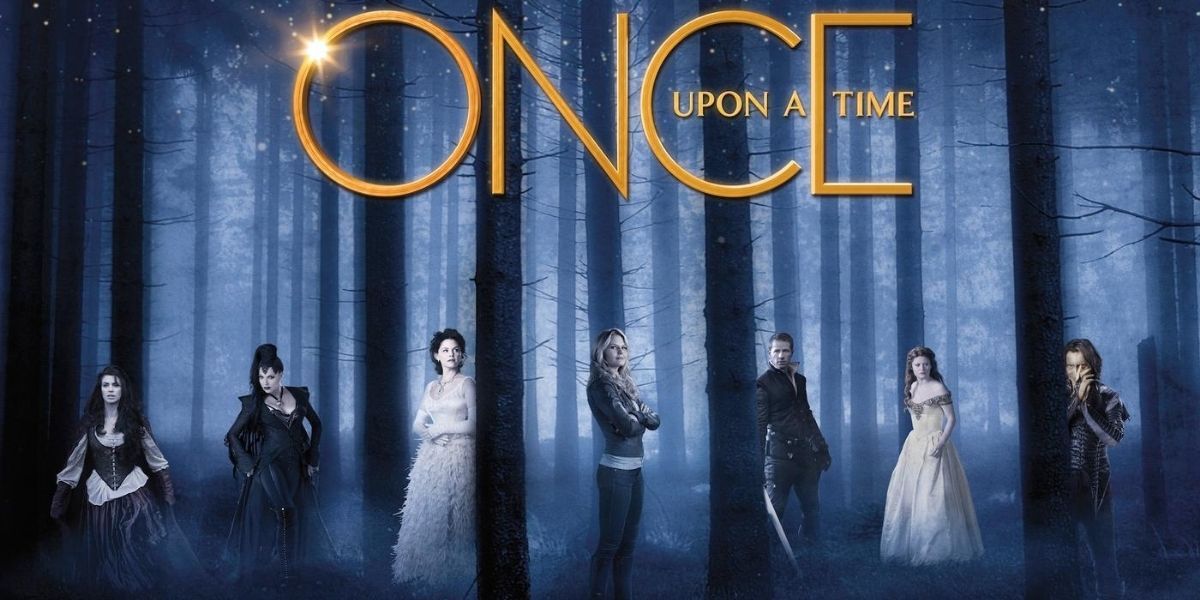Isekai, or portal fantasy, is a very popular manga, light novel and anime genre that includes blockbuster hits like Sword Art Online and Re:Zero. In isekai, the protagonist is forcibly taken from our normal world and sent into a fantastic realm where their actions are key to changing the status quo of their new environment.
Sound familiar? That's because myths and folklore from all over the world include stories that sound an awful lot like isekai. For instance, in Celtic folk stories, regular humans are able to cross over to the realm of the fairies. The myth of the changeling is, at its heart, an isekai seen from the other side. The first modern portal fantasy outside of Japan were Alice in Wonderland and Alice Through the Looking Glass, closely followed by A Connecticut Yankee in the Court of King Arthur. Let's take a look at the most important non-manga and anime isekai from the last century, and how they have influenced other portal fantasies.
The Wizard of Oz
The Wizard of Oz, written by L. Frank Baum, is as classic an isekai as it comes. Dorothy Gale, her dog Toto and their house are blown away by a tornado that takes them to the Land of Oz and drops the house on top of the Wicked Witch of the East. The Good Witch Glinda gives Dorothy her rival's ruby slippers and points to the yellow brick road that will take her to Emerald City. There, only the Wizard can help her get back home.
Dorothy is hunted by the enraged Wicked Witch of the West, and helped by the iconic Scarecrow, Tin Man and Cowardly Lion that she finds on the road, changing Oz's political landscape as she moves through it. It checks all the isekai boxes, and it was foundational for stories as diverse as Star Wars and New Girl.
Peter Pan
Peter Pan, written by J.M. Barrie, gave a new interpretation to the myth of the changeling. In the children's book, baby Peter was taken away to Neverland where he learned to fly with fairy powder, visiting real London every once in a while. In one of those trips, he picks up the Darling siblings and brings them to his land of pirates, lost boys, mermaids and fairies.
Peter Pan has dual protagonists -- Peter, the magical hero, and Wendy, the grounded human that becomes the mom of the group. Together they change Neverland's landscape forever... or until Disney decided to produce Hook, the 1991 sequel. The Darling kids are not sucked in through a portal, but baby Peter definitely was.
John Carter of Mars
Edgard Rice Burroughs wrote the first full-on, sci-fi male power fantasy isekai for English-speaking audiences, John Carter's Princess of Mars. In the book, John Carter, a confederate veteran, is taken away to Mars -- which the Martians call "Barsoom" and gets involved with princesses and local affairs, as portal fantasy heroes do.
Although it introduced the racist white savior character to the space fantasy genre, John Carter quickly became a seminal pulp novel, popularizing space romance and establishing the trope of the dying desert planet that would reappear in Dune and Star Wars. Disney also produced a movie adaptation in 2012.
Flash Gordon
Flash Gordon is another title inspired by John Carter's adventures. Flash, a Yale student and dashing polo player, along with his friend Dale, are kidnapped by the doctor Hans Zarkov, who has a plan to stop planet Mongo's collision with Earth. Unfortunately for the trio, they get stuck on Mongo for over three years. Fortunately, the planet has a much better climate than Carter's Barsoom and is mostly ruled by incredibly attractive queens... and the evil Ming.
Although it has the same issues with racism as Princess of Mars, Flash Gordon's upbeat and optimistic stories made him famous and inspired George Lucas' Star Wars and Gene Rodenberry's Star Trek, as well as pulpier productions like Barbarella. The original run of the comics ran from 1934 to 1993, starting off as a weekly comic strip and quickly becoming a daily. It was extravagantly adapted to the big screen in 1980.
Superman
Wait, Superman is not an isekai -- it takes place right here on Earth! Well, think again.
Superman is a reverse isekai, wherein an extremely powerful baby is sent to our planet and has to grow up hidden among normal people. His powers and moral code set him apart from everyone else and allow him to shape his new world much like a classic isekai hero does in a fantasy land. We should be thankful that Clark Kent grows up to be a good boy.
The Neverending Story
The Neverending Story, by Michael Ende, follows Bastian as he gets more and more absorbed by a strange fantasy book... until he falls inside and becomes the new leader of Fantasia. You wouldn't know it from the film, though, which ends at the novel's midpoint and barely establishes a connection between Bastian, Atreyu -- the boy hero that had been carrying out all the tasks -- and the Childlike Empress.
The second part was probably cut because it was a bit of a downer. Bastian gets all the wishes he can desire, but what he wants risks unbalancing Fantasia's equilibrium and, worst of all, makes him forget everything about who he is and where he came from. But don't worry: there is a happy ending. The Neverending Story is a fantasy masterpiece and one of the first deconstructions of the isekai genre.
The Dark Tower
The Dark Tower series is the heart of Stephen King's shared universe and closely connected to The Stand, The Eyes of the Dragon and The Talisman (Stephen King and Peter Straub's isekai-ist novel). In The Dark Tower, all the universes and alternate realities are connected. There are certain nexus points where people can cross, and certain people are born with the gift of walking between worlds.
The protagonist, Roland Deschain, is on a quest to catch the man in black before he destroys the nexus of all the worlds. While Roland belongs to Gilead, many of the chapters are told from the point of view of his companions, most of which crossed into Gilead from our world, and who become heroes in their own right.
The Dark Tower was influenced by fantasy westerns, apocalyptic literature and portal fantasy. It was adapted into a more than decent film in 2017 that doubled down on the portal fantasy elements.
Tron
Tron follows Kevin Flynn, a computer engineer that gets sucked into his former's bosses computer the night he tries to betray him. The computer's programs, viruses and security are characters of their own, and they have created their own culture based around gladiatorial games. Flynn will have to compete on them for his life and freedom, hoping to break the codes that prevent his escape and that protect his ex-bosses.
Tron qualifies as one of the first cyberpunk isekai: normal guy falls into a different, complex dimension, has special powers that gain him allies and is the key to its destiny. It received a sequel in 2010 and was a clear inspiration for Ready Player One (isekai-lite) and The Matrix.
Labyrinth
In Labyrinth, teenage drama club kid Sarah begs Jareth, the Goblin King, to take away her baby brother and he obliges. Horrified that her made-up line worked, she crosses over to his world to retrieve her baby brother. The problem is that fairies are not fans of giving up free babies, and there's a massive, living maze between Sarah and the castle where her brother is. Oh, and she has a hard time limit of 13 hours.
Labyrinth qualifies as an isekai because although Sarah crosses over voluntarily, her brother does not. The Labyrinth has its own society, independent of Sarah's life, and the ending makes it clear that it was a real place. Furthermore, Sarah has special powers that shape the kingdom around her, although she doesn't realize that until the very end.
Once Upon a Time
Once Upon a Time is so isekai that it plays it straight... and then reverses the trope. The series follows a group of fairytale characters trapped in mundane Storybrooke, who have forgotten who they are and why they are trapped in our world. Once Upon a Time plays with its timeline to let the viewers see the protagonist's magical world before they became part of ours.
Once Upon a Time belongs to ABC, which belongs to Disney, and there are many direct references to Disney's adaptations of classic fairytales. However, it was also clearly influenced by Fables and The Neverending Story.

